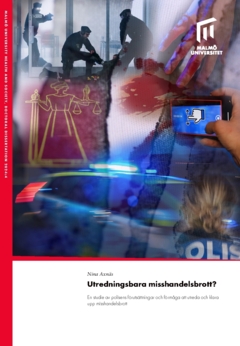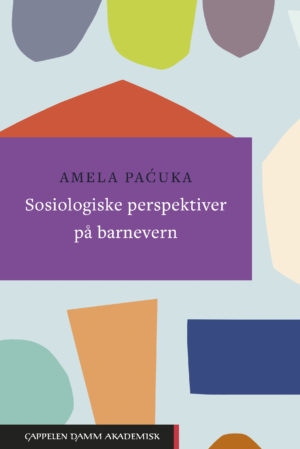The police are involved in almost all phases of a criminal investigation, starting with the crime itself and ending in court. The clearance rate is a core issue. If this rate is low or decreases, perpetrators will not be prosecuted and sentenced, and the police will be criticized. If this is to be rectified it is necessary to understand why it happens (causes).The aim of this study has been to investigate the prerequisites for the investigation of assault crimes and the police's ability to solve these crimes. The objective has been to produce knowledge for a follow-up model that can provide a more multifaceted picture of the police investigation results, beyond just reported preliminary investigation protocols (FUP).The data consist of 384 police reports regarding assaults that were assessed to be non-serious. In line with the aim of the study, the study employs a Swedish equivalent of the Evidence-Based Investigative Tool (EBIT) (McFadzien et al., 2020; Sherman, 2018).Rational decision theory (March, 1994) has been applied, along with theories focused on the way street bureaucracies manage and prioritize among an incessant influx of cases (Lipsky, 2010) and on various mechanisms that influence the approaches employed (Brodkin, 2011a; Jönsson, 2021). As a measure of the prerequisites for police investigations, a number of basic variables have been employed to reflect whether there is an identified victim, who then cooperates with the investigation, and an identifiable perpetrator. Other basic variables reflect whether there are witnesses, or surveillance cameras that may have captured the incident. As a measure of the police's investigative ability, the study employs variables focused on whether victims and witnesses have been interrogated and whether the police have checked/obtained footage from surveillance cameras.The results show that the conditions for investigating assault are not optimal. Only one third of cases meet all the specified requirements. In about 75 percent of these cases, the police had carried out the investigative measures that were possible. In the remaining investigations, the victims had not been interviewed, the police had not questioned witnesses, or they had not checked and retrieve surveillance footage. To some extent this might be explained by the fact that the reported crime was minor, that the case included information about a counter allegation, the crime would be difficult to prove, or a claim of self-defense difficult to disprove.
The study’s results are in several respects neither unexpected nor remarkable. According to the Swedish Police’s national investigative strategy, high priority must be given to cases of domestic violence and only crimes that are expected to lead to prosecution should be investigated. However, there were also some surprising findings: The police succeeded in confirming or disproving assault in 29 percent of all reported non-serious assault crimes. Solving reported crimes is not always equivalent to prosecuting.
Finally, the results indicate that a tool for predicting clearance could be utilized to reduce the workload of Principal Investigators. However, this would require more extensive investigative measures to be undertaken at the time the crime report is initially registered. The results show that the documentation on which decisions are based is in many cases insufficient for an assessment of whether or not a prosecution is likely, since it lacks information on the presence or absence of witnesses or surveillance cameras, and whether these substantiate the crime.







